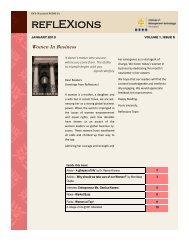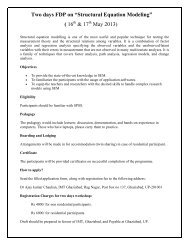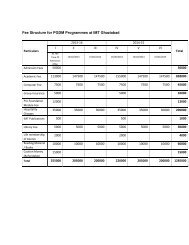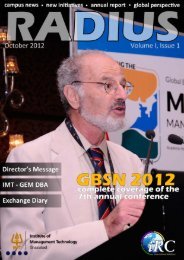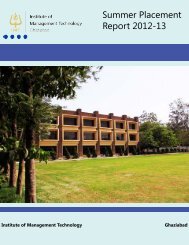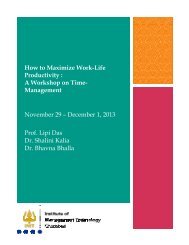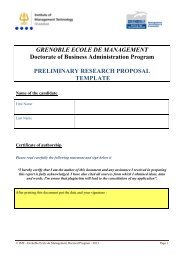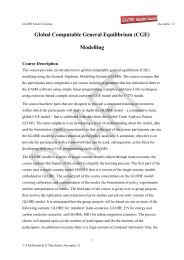Create successful ePaper yourself
Turn your PDF publications into a flip-book with our unique Google optimized e-Paper software.
amongst employees is on a rise, which is thereon impacting employee engagement levels<br />
greatly. Research indicates that disengaged employees have a cascading effect on<br />
productivity, customer experience and team morale. While, successful organizations globally<br />
are looking at understanding a few critical questions such as, what makes their employees<br />
come to work every morning, what can they do better to improve their employee’s<br />
experience, etc. A majority of these organizations believe that measuring employee<br />
engagement is the stepping stone towards understanding the pulse of their employees.<br />
Read More...<br />
HR & BUSINESS<br />
Demystifying employee expectations<br />
In today’s work environment, employee engagement has<br />
achieved wide acceptance in organizations across multiple<br />
industries and geographies. Higher employee engagement is<br />
expected to lead to higher employee retention, greater customer<br />
satisfaction and improved financial performance. Based on the<br />
findings, initiatives are implemented by organizations either to<br />
improve or sustain the engagement scores.<br />
Different organizations use different parameters to measure employee engagement. There<br />
are debates and disagreements about these parameters. For example, ‘Having a best friend<br />
at the workplace’, does it really indicate employee engagement and in turn result in higher<br />
productivity of employees. junebe yes, junebe no! So, what are the right parameters<br />
Read More...<br />
HR & BUSINESS<br />
Taking stock of situation<br />
Every business is a growth business. Every organization is on its<br />
journey to its desired destination. Ambitions being different, their<br />
destinations could be different. However, what continues to<br />
remain in common is the state of transience between the current<br />
station and the desired destination. In some way or the other, all<br />
of them lead to change.<br />
Strategy is the navigational map that organizations draw to chalk<br />
out their journey of change. Having determined their strategy they unfortunately believe in a<br />
random mantra and implement it -thinking that desired results will automatically start to flow<br />
in. The task is complete. However, realization soon dawns on them when they understand<br />
that the desired destination remains elusive. Corporate captains are oftentimes performance<br />
scarred with results directly attributable to failed execution of their strategy, rather flawed<br />
strategy.<br />
Read More...<br />
HR & BUSINESS<br />
Eyeing the outcome<br />
With the economic downturn having an increasingly negative<br />
impact globally, companies including those in India are now being<br />
forced to finally move away from using pay as their primary talent<br />
retention tool. However, organizations now need to focus on two<br />
key areas to attract, retain and motivate talent: increasing<br />
employee engagement and developing systems that provide better<br />
support for the success of their employees.<br />
The Indian side of the story With the fourth largest economy in the world (by GDP PPP;<br />
source: CIA World Factbook) and a population of 1.2 billion people, India is a global economic<br />
power that the multinationals are keen to do business with. However, the economy is now<br />
starting to feel the effects of a global slowdown. And while demand for talented employees is<br />
still strong, companies are finding that talented employees are becoming more realistic about<br />
pay as they realize that companies are looking to reserve cash. Essentially, the balance of<br />
power is swaying back and forth between the employees and employers.<br />
Read More...<br />
HR & BUSINESS<br />
Sustaining the commitment<br />
Employee engagement has been a much used and abused<br />
buzzword for the last decade or so. It stands for anything from fun<br />
at work activities to strategic measurement and management of<br />
discretionary efforts available from the workforce. Companies<br />
have instituted their own means to create and strengthen<br />
employee engagement with differing levels of success. However,<br />
most of them are still struggling to create engagement programs<br />
that are sustainable and strong contributors to business success<br />
In-depth research by Towers Watson in the area of employee attitudes and opinions throw up<br />
some interesting facts that question the sustainability of traditional ways of looking at<br />
employee engagement. They are:.<br />
Read More...



